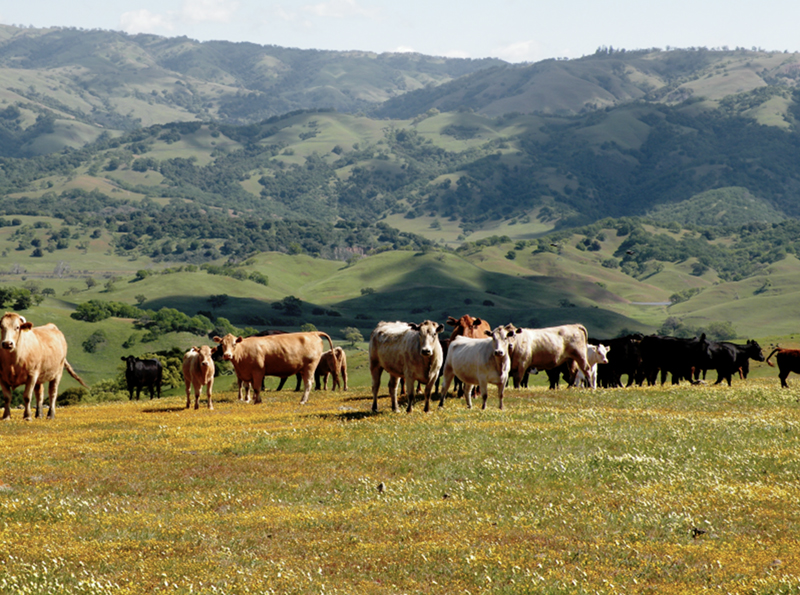
Effect of Rangeland Seeding on Soil Health and Forage Production

Our first research grant through the California State Agricultural Research Initiative(opens in new window) was approved. The grant will fund a multi-year study on the effect of rangeland seeding on soil health and forage production on California rangeland.
Rangelands cover more than 31% of the total land area of the United States and 53% of the western region. These lands are native habitat to hundreds of plant species, birds, reptiles, and insects that make up our watersheds, riparian areas and scenic landscapes. Ranching families that live and work on these lands support a $7.3 billion dollar industry and provide jobs for a local rural economy.
Western grasslands represent a vast store of carbon, both in soils and vegetation. However, the carbon sequestration potential of this land depends greatly on appropriate management. Being arid or semi-arid due to low and variable precipitation, nutrient poor soils and other factors, they are often subject to desertification as a result of drought, low resilience, and past management practices. Increases in invasive species also becomes a problem under such conditions, and those increases are strongly correlated with a reduction in forage suitable for grazing. Minimizing degradation or desertification and restoration or improvement of degraded soils is important both for carbon sequestration and the ranching industry.
This project will analyze the results of rangeland seeding both in terms of soil health and forage production and in terms of cost-effectiveness.
